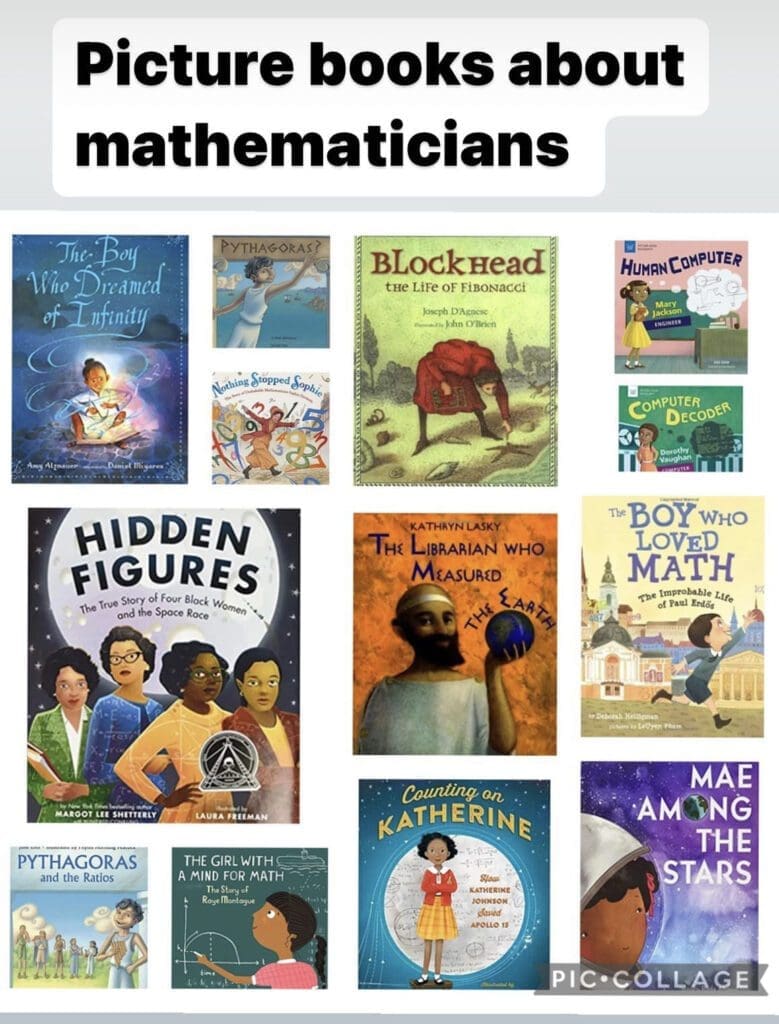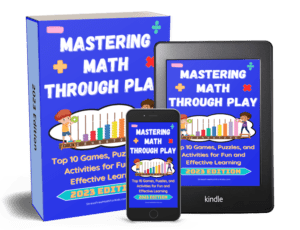One of my main goals as a math teacher is to show kids how math isn’t just a “school subject.” It is instead something that is an integral part of daily life. One great way to show the real world applications of math (and how it goes hand in hand with science) is to teach kids about the people who discovered mathematical concepts, and what their inspiration may have been. These picture books about mathematicians will help you do that. Many of these books take artistic license with the lives of historical figures. However, they are a great way to introduce kids to mathematicians from history. The books will also expand student understanding of the concepts the mathematicians worked on.
For my other book lists see Math Picture Books: Place Value & Operations, Math Picture Books About Money, and Math Readalouds: Geometry and Measurement.
All book links will take you to Amazon.
Ancient Mathematicians
Blockhead: The Life of Fibonacci is fictionalized history (historians know very little about Fibonacci’s actual life) but my students love it. This 2015 Mathical Honor book offers a clear explanation of the sequence and has many colorful visual representations.
Please see my post Fibonacci Sequence: Math in Nature for more about this book and ideas for teaching Fibonacci numbers.
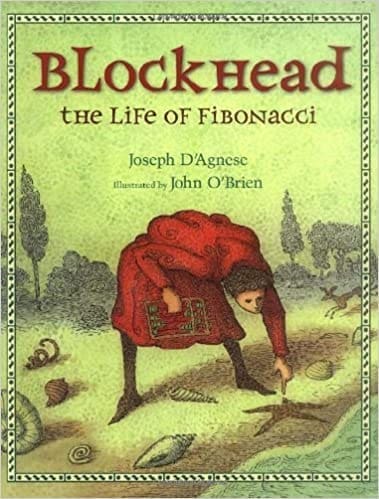
The Librarian Who Measured the Earth– Newbury honor winning author Kathryn Lasky wrote this illustrated biography of the Greek philosopher and scientist Eratosthenes of Cyrene. Eratosthenes was a geographer who around 200 B.C. estimated the circumference of the Earth by using the sun and shadows.
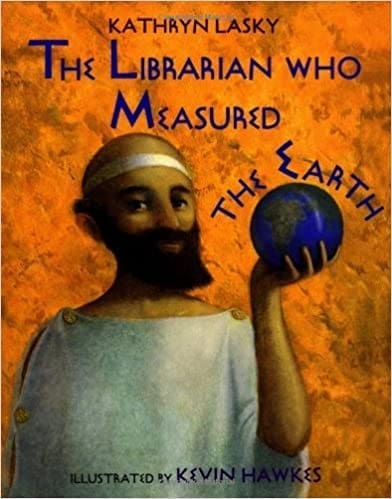
What’s Your Angle, Pythagoras? This book has fantastic visual images, puns and wordplay and an interesting story. It introduces measuring angles, right triangles, and the Pythagorean theorem. Kids as young as kindergarten can enjoy the story and pick up on some of the concepts, but it is just as engaging for middle schoolers needing an understanding of the formula.
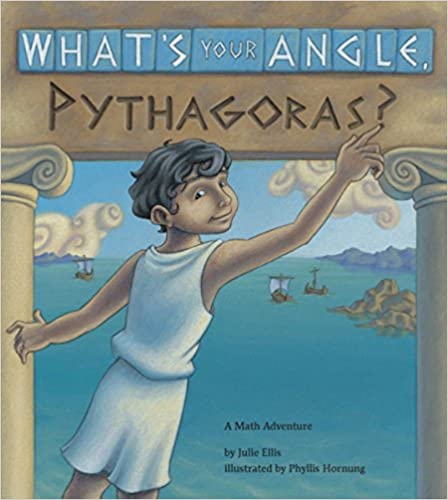
Pythagoras and the Ratios is another fun story that introduces middle school math concepts (ratio and proportion) in a way that even younger children can understand and enjoy. In this story Pythagoras must construct musical instruments that will harmonize.
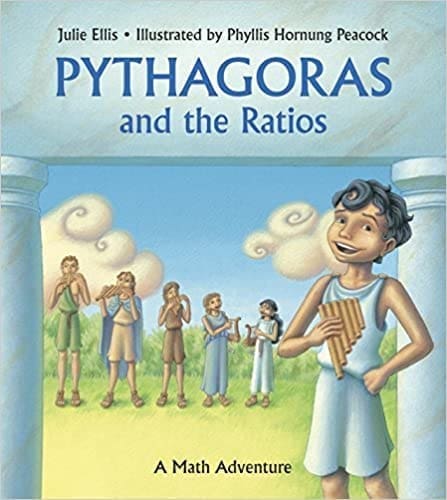
18th/19th Century Mathematicians
Nothing Stopped Sophie: The Story of Unshakable Mathematician Sophie Germain tells the story of a self taught mathematician. As a woman in 18th century France, Germain was not allowed to go to college. However, she became the first woman to win a grand prize from France’s Academy of Sciences for her formula, which laid the groundwork for much of modern architecture. This book has won too many prizes to list, for not just math literature but science, social studies, and STEM.
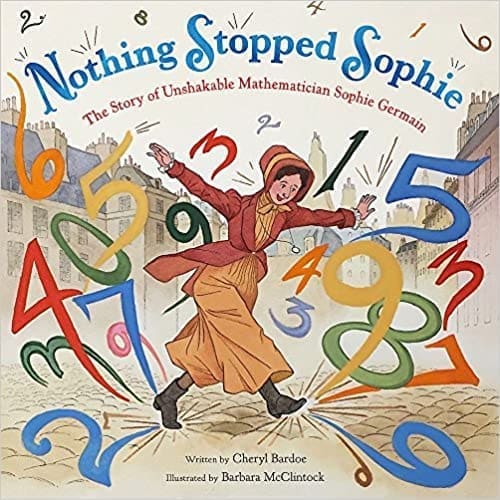
The Boy Who Dreamed of Infinity tells the story of a boy named Srinivasa Ramanujan. Ramanujan was born in 1887 in India. He was a child with a passion for numbers. He then grew up to be a mathematician that produced many groundbreaking theories.
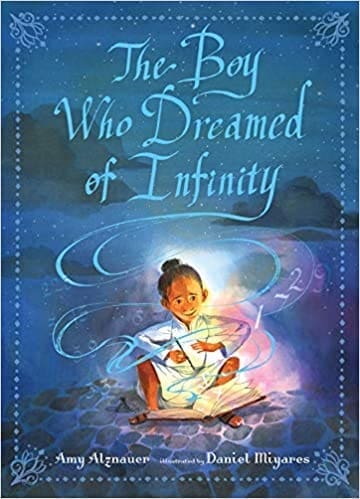
20th Century Mathematicians
Mae Among the Stars was inspired by Mae Jemison. Jemison was the first black female astronaut to work for NASA in the late 70s. The beautifully illustrated book tells of her as a child dreaming of dancing in space. The theme of the story is how anything is possible if you can dream it and you work hard for it. As such it’s not exactly a math book but you certainly can’t be an astronaut without math!
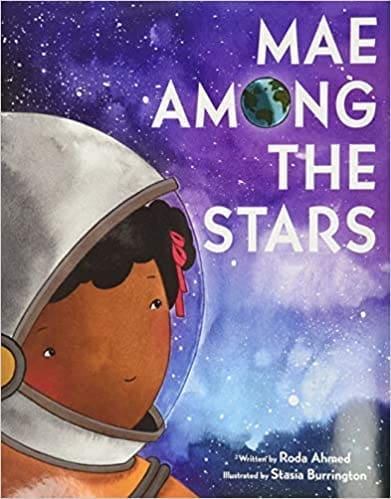
Hidden Figures is a picture book based both on the adult book and the movie. It tells the story of the four African American women mathematicians (Dorothy Vaughan, Mary Jackson, Katherine Johnson, and Christine Darden) who worked at NASA during the first space launch.
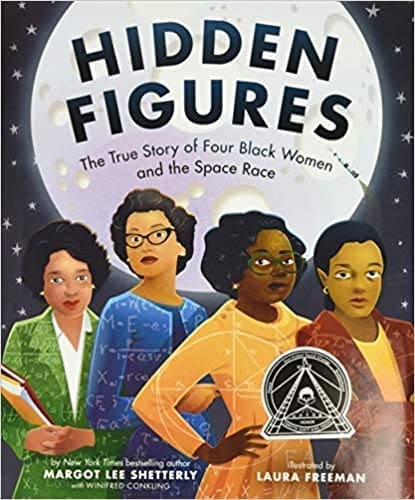
Counting On Katherine: How Katherine Johnson Saved Apollo 13 goes into more depth about Katherine Johnson of Hidden Figures. It tells about her as a child who loved to count everything and was eager to learn more about math and the universe. For another option for learning more about Johnson consider A Computer Called Katherine.
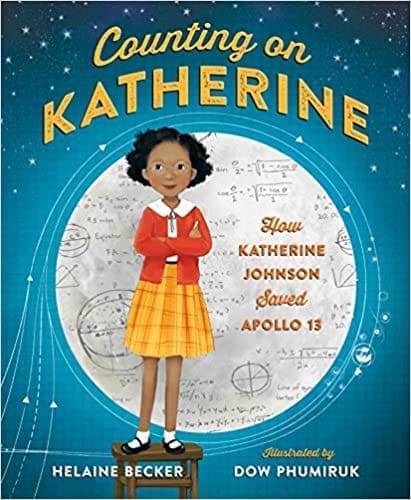
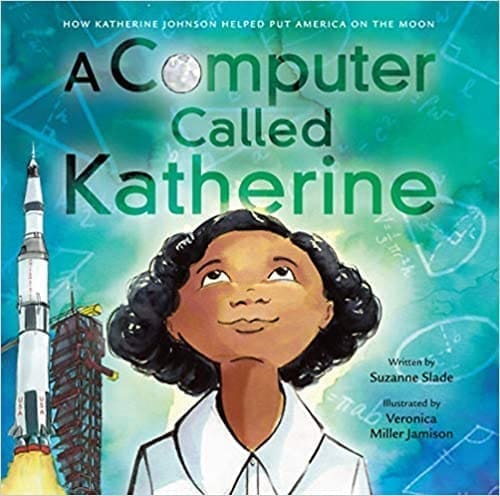
Human Computer: Mary Jackson, Engineer and Computer Decoder: Dorothy Vaughn are individual biographies of the other women from Hidden Figures.
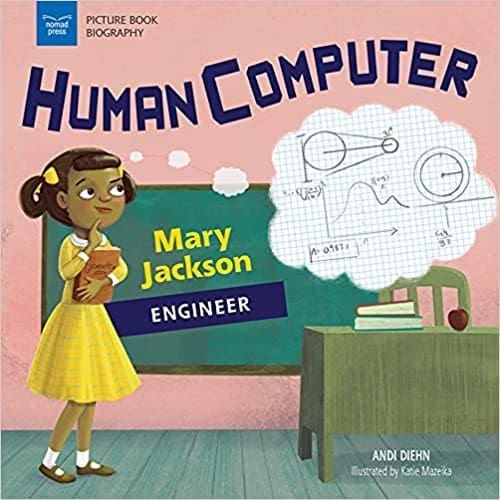
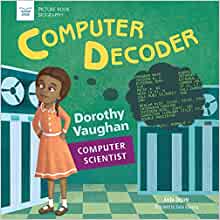
The Boy Who Loved Math: The Improbable Life of Paul Erdos is about an “eccentric mathematician” from Hungary. Erdos was fascinated by numbers as a child. He then spent his adult life working with other mathematicians on challenging math problems. The creative illustrations show how Erdos saw the world in numbers.
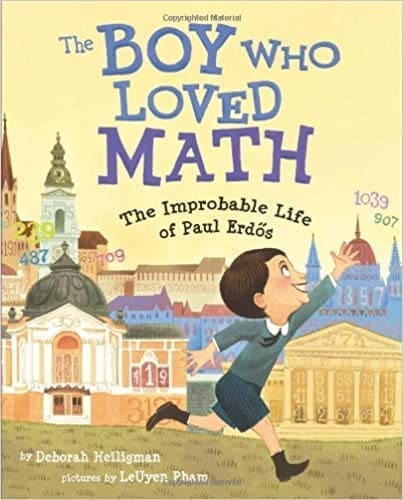
The Girl With a Mind for Math: The Story of Raye Montague was a 2019 Mathical Honor Book. It was also an Outstanding Science Trade Book. It is a rhyming book with cartoon illustrations telling the story of Raye Montague. Montague was a Navy engineer that created the first computer-generated rough draft of a U.S. naval ship.



